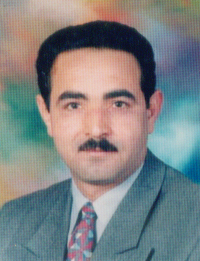General characteristics of transition elements of the d- and f-blocks. Theories of transition metal complex formation: crystal field theory; molecular orbital theory and ligand field theory. Stability and application of transition metal complexes; and ligand substitution reactions of metal complexes. Brief comparative chemistry of lanthanides and actinides. The practical part will involve inorganic syntheses of the following substances:Tin(II) chloride, tin (IV) iodide, copper(I) chloride, sodium thiosulphate hydrate, potassium tris(ethanedioato)-acuminate (III), cis- and –trans-potassium bis (ethanedioato)diaquachromate (III), nitro- and nitritopentaminecobalt (III) chloride, dipyridineiodine (I) nitrate, tris (thiourea)-copper(I) sulphate, dichloro-bis(2,4-pentanedionato) titanium (III), and potassium tris (ethanedioato)manganese(III

